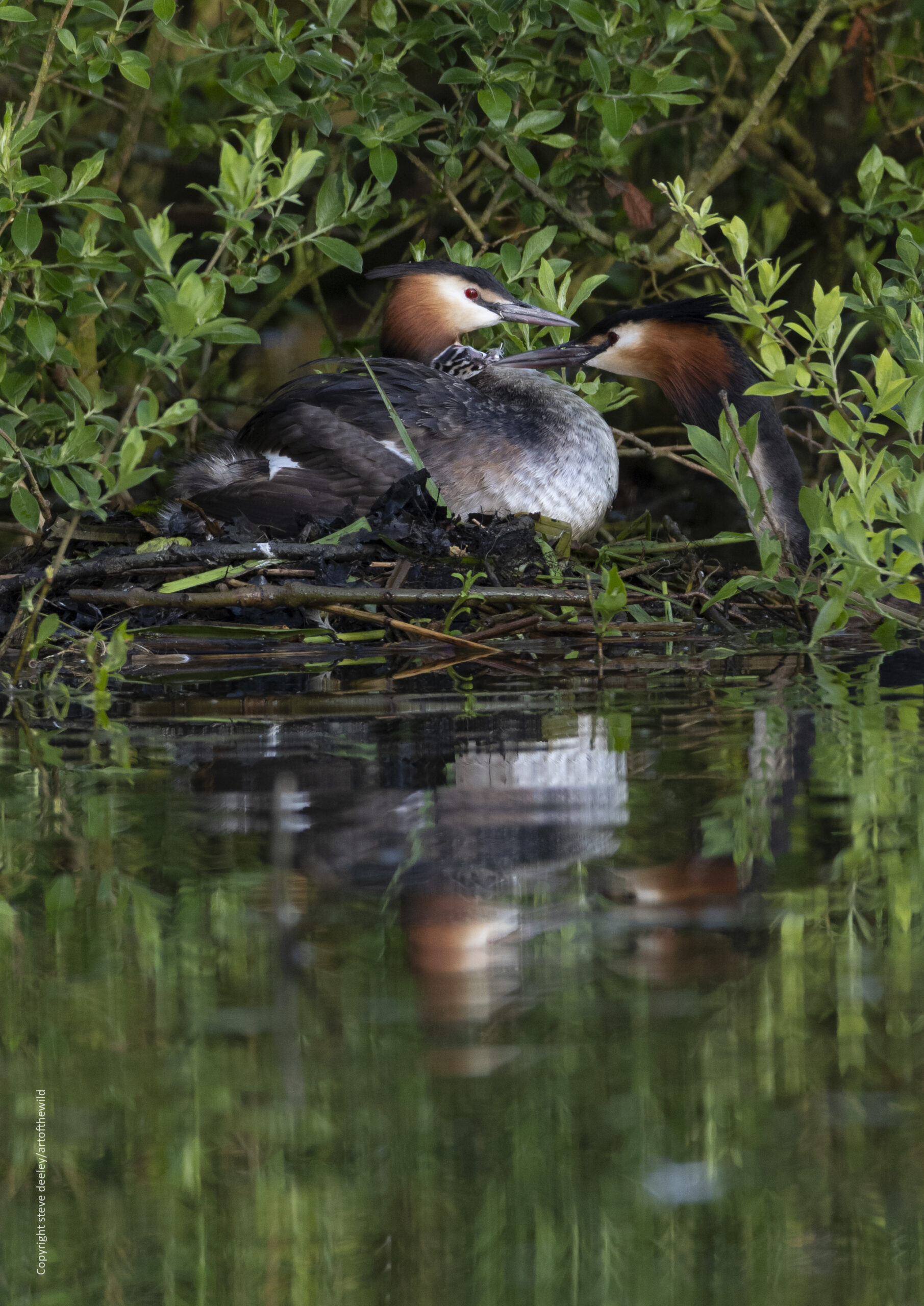The Large Blue is one Britain’s rarest butterflies. I’ve been fortunate enough to see it several times. But the Large Blue is a butterfly which, in sunny weather, always lands with its wings closed. And that’s a problem, because with its wings closed, the extremely rare Large Blue looks exactly like the very un-rare Common Blue butterfly, but – well, larger. But some Common Blues can grow quite large and when the butterfly is in flight, it can be hard …
Category: Uncategorised
My ongoing search for the Duke continued last night. After work,I fought my way through heavy rush – hour traffic to Stroud, a one-hour journey that took me closer to two. I parked up and set off down the slope of the Hill to the place where I’d seen the Duke the previous evening. And as I had the previous evening, I saw it settle three times, but each time (as it had the previous evening)it flew off just as …
This weekend I went looking for my old nemesis: the Duke of Burgundy butterfly. It was a stinking hot day and as is usual with the Duke, who adores steeply – sloping sites, I ended up climbing up and down hills in the blazing sun. Although I saw the butterfly twice, I couldn’t get a picture of it. To rub salt into my wounds, I bumped into a young couple with a dog who proudly showed me a stunning picture …
The Green Hairstreak is a tiny butterfly- the closed wing is little bigger than the nail on my little finger. In a perfect demonstration of the value of doing your homework first, I thought I had seen one some years ago, because the Green Hairstreak is touted as the UK’s only green butterfly, and I’d seen a green butterfly before. This one had a wing the size of the lens on my glasses, so I thought that that was what …
It’s official: it’s not just my imagination. I went hunting today for the duke of burgundy butterfly again. It’s the peak of the flight season and I’m in a place where I’ve seen them before in decent numbers ( and for a butterfly as scarce as the duke, that’s threes and fours, not tens or hundreds. I got a brief glimpse of one. Butterfly numbers are down. The unseasonably mild weather we had earlier in the spring followed by intense …
I was photographing Great Crested Grebes at a local lake today, when I saw a behaviour that is known, but which I’d never seen before : eating feathers. The parent Grebes were taking feathers from their breasts, dipping them into the lake water, then feeding them to their chicks. The current theory is that feathers (which adult Grebes eat as well) help protect the stomach from fish bones and assist in pellet formation, but the evidence is slim and a …




Social Profiles